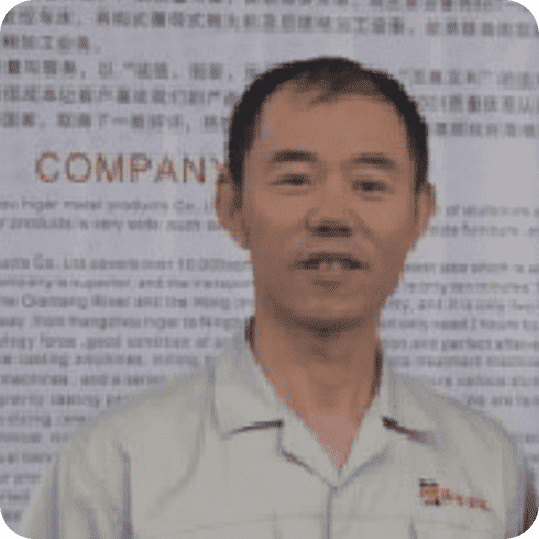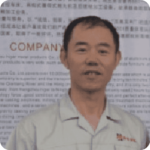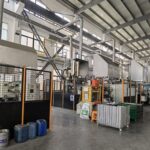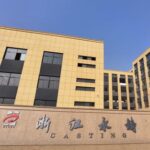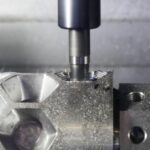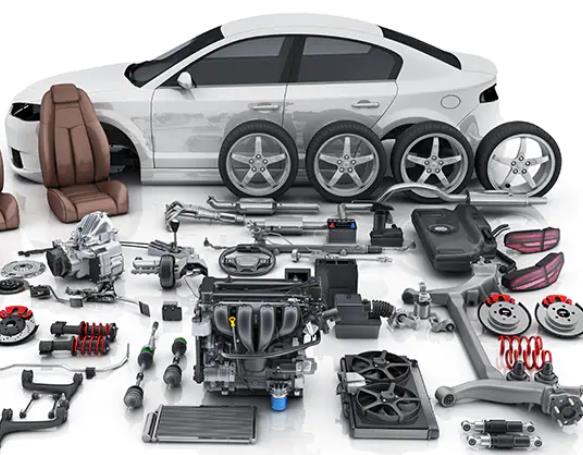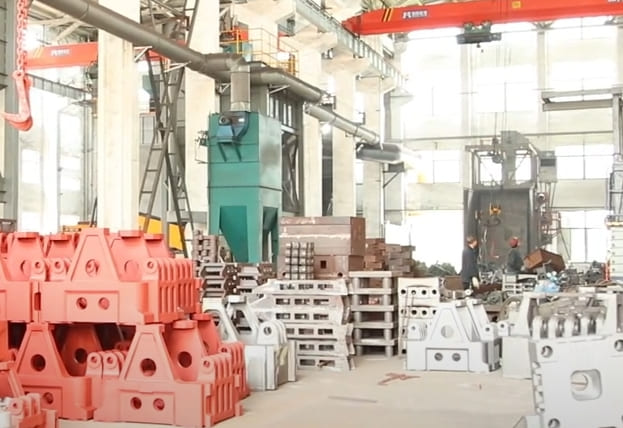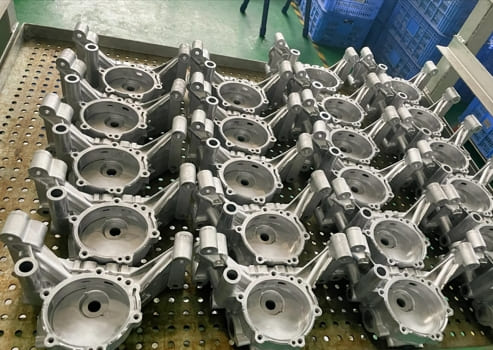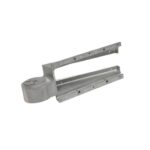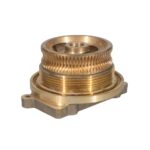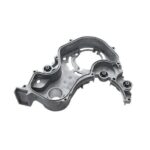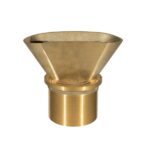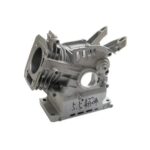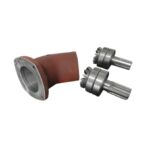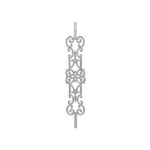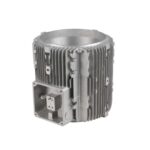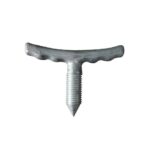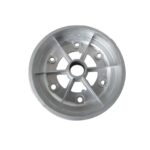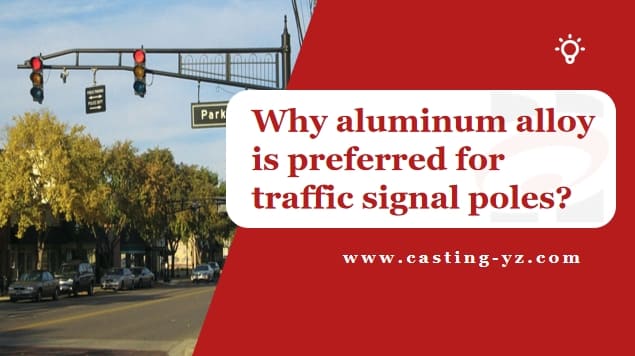
History of Traffic Signals
Traffic signal lights have become an integral part of urban infrastructure, guiding traffic and ensuring safety on the roads. But when and how did they come into existence?
The first traffic light was installed in London in 1868, using simple red and green lights powered by gas.
It wasn’t until the 1920s that electric-powered traffic lights started becoming common in cities across the globe.
However, in the early days, the technology wasn’t as refined as it is now. Initially, traffic signals didn’t even include dedicated poles.
They were sometimes attached to nearby structures or posts. The idea of having a dedicated, robust support system—an actual pole—emerged gradually as cities grew and the need for clearer, more durable traffic control became obvious.
So, what materials were used for these early poles? In the beginning, wood and iron were commonly used for traffic signal poles.
As the demands for stronger, weather-resistant materials increased, cities began to transition to steel. It wasn’t until much later that aluminum alloy became the preferred material due to its unique properties.
Why Aluminum Alloy Became the Material of Choice?
Aluminum alloy has emerged as the leading material for traffic signal poles for several compelling reasons. Below, I’ll explain why aluminum alloy is a game-changer in terms of durability, corrosion resistance, and design flexibility.
- Corrosion Resistance: One of the most significant advantages of aluminum alloy is its inherent resistance to corrosion.
- Unlike steel, which can rust and weaken over time when exposed to moisture and air, aluminum doesn’t corrode easily.
- This makes it ideal for outdoor applications like traffic signal poles, which face constant exposure to the elements—rain, snow, salt from the sea, and even extreme temperatures.
- Aluminum’s resistance to corrosion ensures that the poles maintain their structural integrity and appearance over time.
- Lightweight yet Durable: Aluminum is also much lighter than steel, making it easier to transport and install.
- Despite its light weight, aluminum alloy maintains excellent strength, which is crucial for supporting heavy traffic signal lights and resisting external forces such as wind or accidental impact.
- This unique combination of strength and lightness reduces the overall cost of transportation and installation, which is a major consideration for cities looking to implement or upgrade their infrastructure.
- Design Flexibility: Aluminum alloy is easy to work with, allowing for more complex and intricate designs.
- Traffic signal poles can be manufactured to meet specific requirements for a variety of urban environments—whether it’s a traditional pole design, a more modern aesthetic, or even poles that integrate additional functionality, such as solar panels or sensors for smart cities.
What is the difference between aluminum and other materials?
While aluminum alloy offers clear benefits, it’s important to understand how it compares to other materials commonly used in traffic signal poles, such as steel and stainless steel.
| Property | Aluminum Alloy | Steel | Stainless Steel |
|---|---|---|---|
| Weight | Light | Heavy | Heavy |
| Corrosion Resistance | Excellent | Prone to rust | Good (but costs more) |
| Strength | High | Very high | High |
| Cost | Cost-effective | Higher | Very high |
| Maintenance | Low (minimal upkeep) | High (frequent rust prevention needed) | Low, but expensive |
- Steel: Steel has a much higher strength-to-weight ratio, which makes it suitable for heavy-duty applications. However, it’s more prone to rust and requires additional maintenance to keep it in good condition. The extra weight of steel also means higher transportation and installation costs.
- Stainless Steel: Stainless steel is highly corrosion-resistant but comes with a much higher price tag. It is typically used in very specific applications where both strength and corrosion resistance are paramount. However, the high cost and heavy weight often make it less ideal for most standard traffic signal pole installations.
How Aluminum Performs in Extreme Weather?
In many parts of the world, traffic signal poles are exposed to extreme weather conditions. From hurricanes to freezing snowstorms, the ability of a pole to withstand these harsh elements is crucial for safety and durability.
- Wind Resistance: Aluminum alloy poles are engineered to handle strong winds, which is essential in areas prone to hurricanes or tornadoes.
- These poles are designed with aerodynamic features to minimize wind resistance.
- While they are lighter than steel poles, their strength and structural integrity ensure they don’t break under extreme wind pressure.
- Temperature Extremes: Aluminum alloy is highly effective in both hot and cold temperatures.
- Unlike some materials that expand and contract significantly under temperature changes, aluminum maintains its shape, ensuring that traffic signals stay intact regardless of the weather.
Why Aluminum Alloy Supports Long-Term Cost Efficiency?
As urban populations continue to rise, cities are focusing on the long-term cost efficiency of their infrastructure. Aluminum alloy helps achieve this goal in several ways:
- Lower Maintenance Costs: Due to its resistance to corrosion, aluminum poles require significantly less maintenance over time compared to steel poles, which need regular rust treatment.
- This results in long-term savings for municipalities, who can allocate funds to other areas of infrastructure development.
- Recyclability: Aluminum is one of the most recyclable materials available.
- At the end of its life cycle, an aluminum pole can be melted down and reused for new applications, reducing the environmental impact and providing further cost savings.
As urban infrastructure continues to evolve, particularly with the rise of smart cities, aluminum alloy will likely remain a key player in creating safer, more efficient, and more sustainable transportation networks.
Searching for High-Quality for Cast Aluminum Parts?
You’ve come to the right place! Yongzhu Casting is a certified die casting manufacturer with over 20 years of expertise in the industry.
We have successfully completed numerous die casting projects for Aluminum casting parts, particularly in your industry.

Zhejiang Yongzhu Casting Technology Co., Ltd.
Location: Zhejiang, China
Company type: Manufacturers, Producers, Wholesalers
Year Founded: 2004
Main Products: Aluminium die casting, Mold Making, Die Casting, Sand Casting, Gravity Casting
Leading Chinese producer Yongzhu Casting is formerly known as Hangzhou Higer Metal Products Co., Ltd., was established in 2004.
With 20 years of experience in the industry, we are a specialized manufacturer in Aluminum casting and Machining.
Our products are widely used in various applications such as Automotive, Energy, Lighting, Medical, Home Furnishings, Machinery & Equipment etc. Below are our advantages:
1. Design Review & DFM Support
Our professionals will evaluate your designs and provide suggestions for cost savings. Additionally, we offer Design for Manufacturing (DFM) assistance and conduct mold flow analyses to facilitate efficient production.
2. State-of-the-Art Manufacturing Equipment
Our facility is equipped with advanced hot-chamber and cold-chamber die casting machinery for aluminum and zinc production.
We also utilize high-precision CNC machines in a temperature-controlled workshop, featuring 3-Axis, 4-Axis and 5-Axis setups to manage any project you have.
3. Rigorous Quality Control Measures
Our dedicated quality control team ensures that all parts meet the highest standards of quality and consistency. We employ high-accuracy measurement instruments, including CMM, spectrometers, and X-ray detectors.
4. Comprehensive Surface Treatment Options
We provide a variety of surface finishing techniques for your precision die casting components. Our in-house services include cleaning, polishing, anodizing, shot blasting, and painting.
5. Flexible Project Acceptance
While larger manufacturers often shy away from low-volume projects, and smaller ones may struggle with quality, Yongzhu Casting stands apart. We prioritize customer satisfaction and willingly accept high-mix, low-volume projects like yours.


